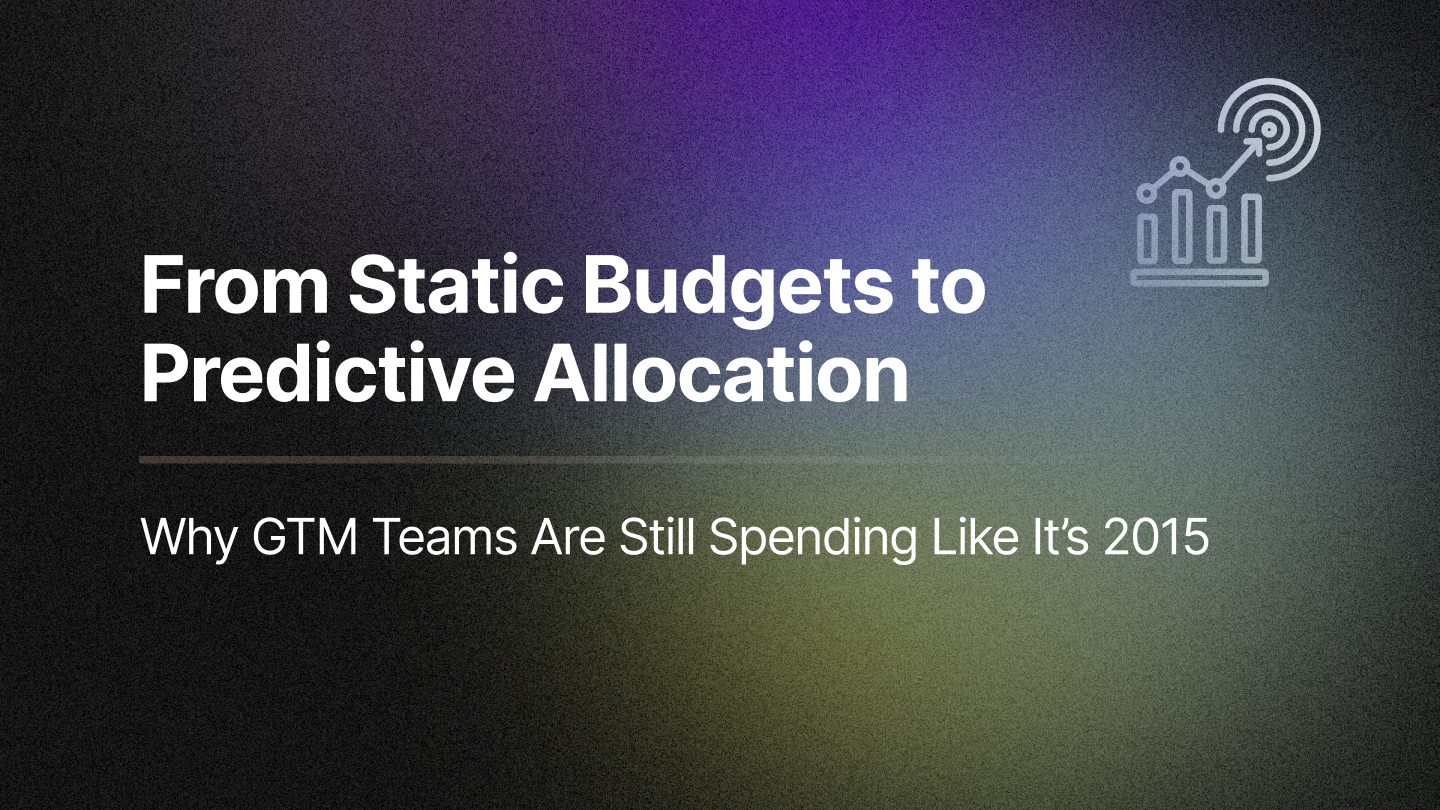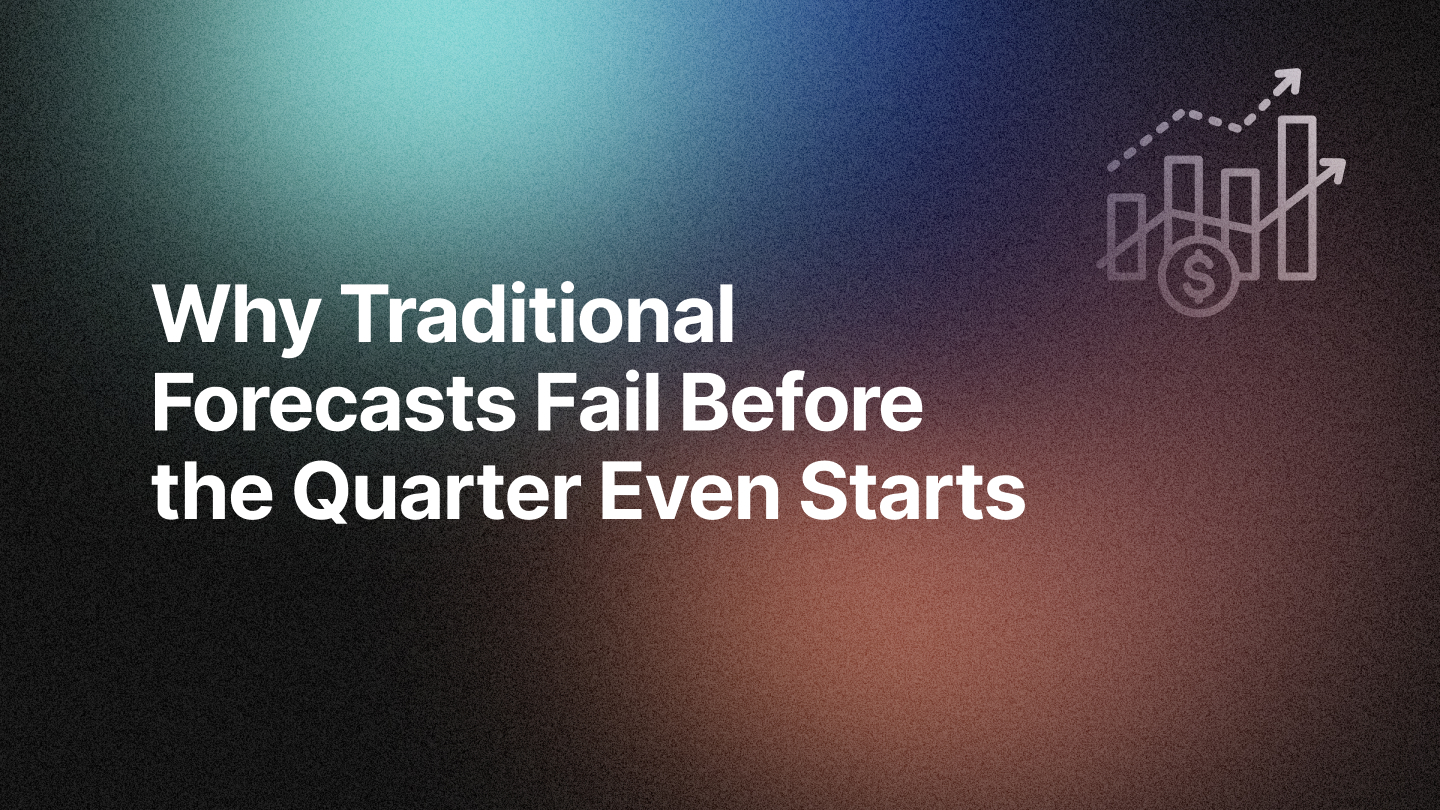The COVID-19 pandemic has had a seismic impact on the business landscape, fundamentally altering the way companies operate and market themselves. B2B marketing, in particular, has undergone significant transformation, facing new challenges and opportunities. As we navigate the post-COVID era, B2B marketers are under increasing pressure from finance departments to prove ROI, manage budget cuts, and meet demands for greater efficiency. This blog explores the journey of B2B marketing post-COVID and how marketers can adapt to these evolving demands.
The Shifting Landscape of B2B Marketing
Before the pandemic, B2B marketing was evolving, with digital transformation and data-driven strategies gaining prominence. However, COVID-19 accelerated these trends, pushing companies to adopt digital channels and remote work models almost overnight. Traditional marketing tactics, such as in-person events and trade shows, were no longer viable, forcing marketers to pivot to virtual events, webinars, and online content.
This shift highlighted the importance of digital marketing, with companies investing heavily in online advertising, SEO, content marketing, and social media. In fact, more than three-quarters of buyers and sellers now prefer digital self-serve and remote human engagement over face-to-face interactions, a trend that has steadily intensified even after lockdowns ended.
Additionally, 70% of B2B decision-makers are comfortable making new, fully self-serve, or remote purchases over $50,000, indicating a significant shift toward digital engagement.
How B2B Marketing Has Evolved: Insights from AJ Patel
We recently had a conversation with AJ Patel, Sr. Director of GTM Finance at SnapLogic and a valued customer of RevSure on our RevTalks Podcast. He shares his insights on how B2B marketing has transformed over the years, particularly through the COVID-19 pandemic and beyond.
Pre-COVID, companies had relatively easy access to cash, allowing for generous marketing budgets—the abundance of money to spend and various avenues for expenditure led to a flourishing marketing environment. However, the onset of COVID-19 drastically changed this scenario. Marketing budgets tightened as companies faced economic uncertainty. The challenge shifted from freely spending money to ensuring every dollar spent yielded significant returns. As AJ puts it, "My job is not to say no. My job is to say, if I give you this dollar, what do I get in return?" Check out the podcast below.
COVID-19 threw a curveball at traditional marketing strategies, particularly those reliant on events and trade shows for lead generation. With physical events canceled, companies pivoted to online events, which often resulted in lower lead volumes and quality. Marketers had to reevaluate their approaches, shifting focus from events to digital avenues and creative content generation. AJ notes, "The lead flows were just not the same. The quality just wasn't the same." This shift necessitated a move from an 80-20 art-to-science ratio in marketing to a more balanced approach, with increased reliance on data and analytics. "I feel like marketing has shifted from a lot of art to a lot more science-driven now," AJ observes. The availability of analytics for every marketing dollar spent allows marketers to assess what works and what doesn't, leading to more informed decision-making.
Proving ROI: The New Mandate
As businesses grappled with the economic fallout of the pandemic, finance departments became more scrutinizing of marketing budgets. The mandate was clear: prove the ROI of marketing activities or face budget cuts. This heightened focus on ROI has made it essential for B2B marketers to justify every dollar spent.
To prove ROI, marketers must leverage advanced analytics and measurement tools. This involves tracking key performance indicators (KPIs) such as lead generation, conversion rates, customer acquisition cost (CAC), and customer lifetime value (CLV). By attributing revenue to specific marketing activities, marketers can demonstrate the tangible impact of their efforts on the bottom line.
Managing Budget Cuts: Doing More with Less
Budget cuts have become a common reality for many B2B marketers in the post-COVID world. With reduced budgets, marketers are challenged to do more with less, finding creative ways to stretch their resources while maintaining effectiveness.
One approach is to prioritize high-impact, cost-effective strategies. For instance, content marketing and SEO can deliver long-term results with relatively low investment compared to paid advertising. Additionally, marketers can leverage marketing automation tools to streamline processes, improve efficiency, and reduce manual work.
Another strategy is to focus on existing customers. Upselling and cross-selling to current clients can be more cost-effective than acquiring new ones. By nurturing relationships and delivering value to existing customers, marketers can drive revenue growth without significant additional spending.
The Role of RevSure in Modern Complex GTM Motion for B2B
As you saw in the RevTalks Episode with AJ Patel of Snaplogic, one of the primary use cases for RevSure is tracking the progression of leads through the funnel over multiple quarters. This capability answers critical questions about lead performance, helping marketing teams understand the return on their investments.
AJ explains, "One of the biggest use cases that we brought in RevSure for was to answer the question of what happens to leads from quarter X."
RevSure provides a time-stamped view of leads, allowing teams to see how leads generated in a specific quarter evolve. This transparency helps identify whether issues lie in the process or lead to quality, enabling targeted improvements. AJ highlights the ease of use of RevSure, stating, "Within three or four clicks, you get to the answer versus sitting there for hours and days staring at spreadsheets."
This is one of the use cases for RevSure. As the sole enterprise-grade full funnel attribution AI solution tailored for intricate go-to-market strategies, RevSure serves as the ultimate platform for ambitious marketers aiming to achieve bold pipeline and ROI objectives. Delivering powerful insights, precise predictions, and actionable recommendations, RevSure enhances marketing strategies, empowering teams to make data-driven decisions.
The Demand for Efficiency: Streamlining Operations
Efficiency has always been a priority for B2B marketers, but the post-COVID environment has amplified its importance. Marketers are now expected to streamline operations, reduce waste, and optimize every aspect of their campaigns.
To achieve this, marketers should embrace automation and artificial intelligence (AI). Marketing automation platforms can handle repetitive tasks, such as email campaigns, social media posting, and lead nurturing, freeing up marketers to focus on strategic initiatives. AI-powered tools can analyze vast amounts of data, providing insights into customer behavior, campaign performance, and market trends, enabling marketers to make data-driven decisions.
Collaboration and alignment with sales teams are also crucial for efficiency. By working closely with sales, marketers can ensure that leads are properly qualified and handed off at the right time, minimizing friction and maximizing conversion rates. Implementing a robust lead scoring system on the CRM software can facilitate this.
The journey of B2B marketing post-COVID is marked by the need to prove ROI, manage budget cuts, and meet demands for efficiency. By leveraging advanced analytics, embracing automation, prioritizing high-impact strategies, and maintaining agility, B2B marketers can navigate these challenges and drive success in the evolving business landscape. The pandemic has accelerated the digital transformation of marketing, and those who adapt and innovate will be well-positioned to thrive in the post-COVID world.
Related Blogs







